
Resistance to Wheat Stripe Rust
Wheat (Triticum aestivum) yields can be severely reduced by the obligate biotrophic pathogen Puccinia striiformis f. sp. tritici (Pst). Currently, approaches to manage this disease rely on cultivar resistance coupled with fungicide application. However, driven by a greater need for wheat production,…

The Small Secreted Peptides of Legumes
Small secreted peptides (SSPs) are peptides of 5 to 50 amino acid residues that are secreted into the apoplast. SSPs are critical regulators of a diverse array of growth and developmental processes in plants, including root growth, nutrient homeostasis, meristem maintenance, stress acclimation, pathogen…
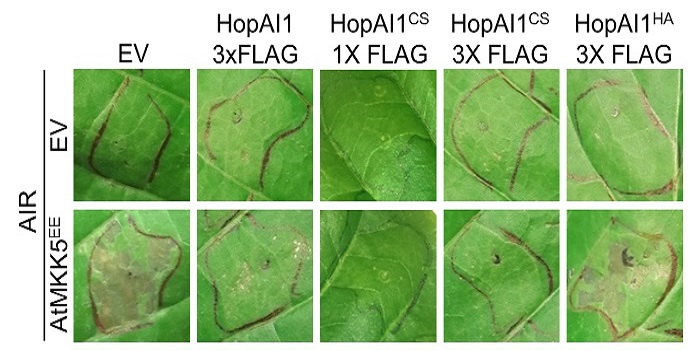
Disarming the Assassins Within: Plant Cells Use S-Nitrosylation to Deactivate the HopAI1 Effectors
The assassin who injects a bead of poison by stabbing his victim with the tip of his umbrella has got nothing on plant pathogenic bacteria such as Pseudomonas syringae, which injects dozens of effector proteins into plant cells. These effectors act as tiny assassins to take out host defenses by diverse…
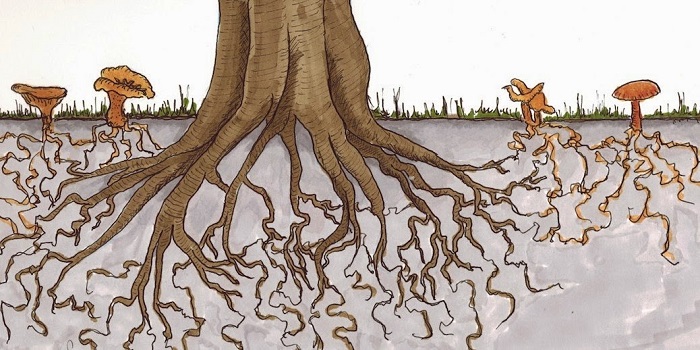
Mycorrhizal fungi shaped the evolution of terrestrial plants
Mutualistic associations between plants and fungi are incredibly widespread, occurring in 90% of extant land plants, and likely are the most ecologically important symbiotic relationships on Earth. Fungi played an integral part in land plant evolution; roots only evolved after early land plants colonised…
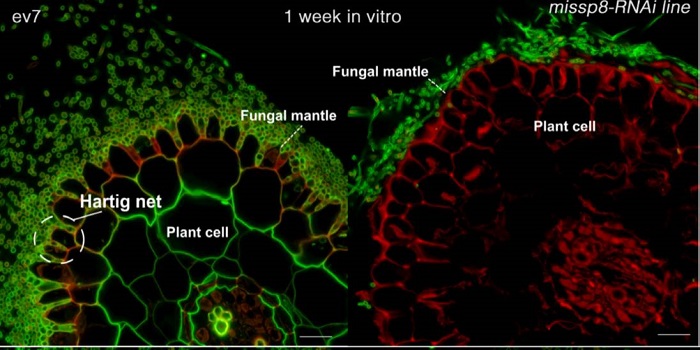
Laccaria bicolor MiSSP8 is a small-secreted protein decisive for the establishment of the ectomycorrhizal symbiosis
Mycorrhizal symbiosis involves extensive signaling between plants and their fungal partners. Mycorrhiza-induced small secreted proteins (MiSSPs) have been hypothesized to be involved in diverse processes to suppress plant defense and promote fungal life-cycles. Clement et al. functionally characterized…
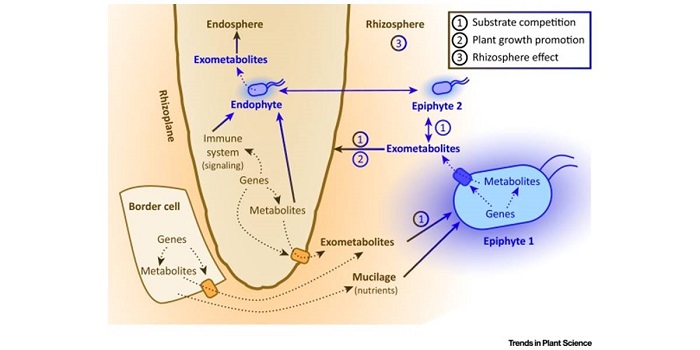
Review. Feed your friends: Do plant exudates shape the root microbiome? ($)
A wide variety of beneficial and pathogenic microbes surrounds plants both below and above ground. This microbial diversity is shaped by different biotic and abiotic factors and plays a role in maintaining plant health in natural settings. Hence, it is vital to understand the influence of different factors…

Ecosystem responses to elevated CO2 are governed by plant-soil interactions and the cost of nitrogen acquisition
How does the cost of nitrogen acquisition affect how an ecosystem responds to elevated CO2? Terrer et al. have addressed this question in a comprehensive review of findings from elevated CO2 experiments, using a plant economics framework. The authors describe ecosystem responses, particularly those of…
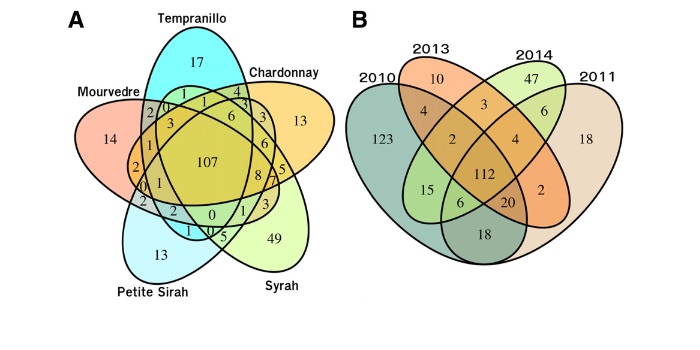
Microbial landscape of the grapevine endosphere in the context of Pierce’s disease
In vascular plants, structure and composition of microbial endosphere associations has not been studied much in the specific context of vascular diseases. This is the case of Pierce's disease which is caused by Xylella fastidiosa and affects multiple crops and ornamental plants. This bacterium is currently…
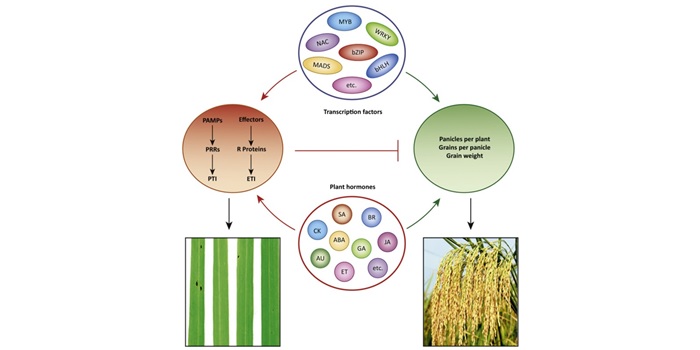
Review: Balancing immunity and yield in crop plants
During pathogen invasion, plant resources are diverted from further growth to activation of plant immune response. This review focuses on the recent advances in understanding the complex relationship between immunity regulation and yield production in the model monocot crop rice (Oryza sativa). Many…

